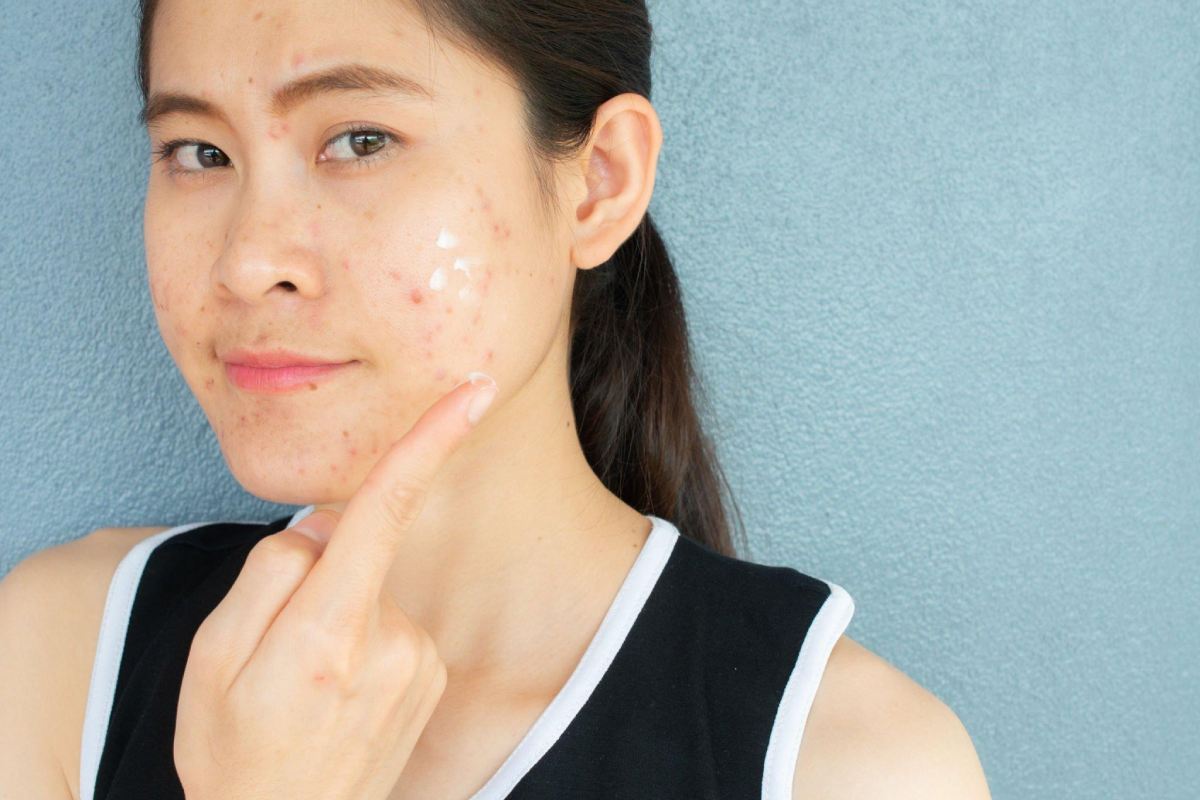Melasma is a common skin disorder that causes dark areas of hyperpigmentation. Some people have a genetic predisposition to the condition. Others develop it temporarily as a result of hormone fluctuations during pregnancy. There is no known cure for melasma, but there are available treatments to keep it at bay and lighten impacted areas.
If you have melasma, how you care for your skin can have a remarkable impact on your appearance. Hyperpigmentation becomes worse with irritation and inflammation, so it’s essential to avoid treating your epidermis roughly. Unfortunately, many popular hair removal methods tug, pull, and even tear the skin. But that doesn’t mean you have to resign to looking like Sasquatch all your life! Here are four tips for removing unwanted hair without making your hyperpigmentation problems worse.
Table of Contents
1. Take Care When Shaving
Shaving is generally a safe option for people with pigmentation issues. However, some people have highly sensitive skin that becomes inflamed after shaving. If you’re prone to razor bumps, there may be safer hair removal methods for you. Or, you may just need to be more careful about how you prep the skin prior to shaving.
Reduce razor-induced irritation by wetting your skin down and applying a shaving gel or cream. Never “dry shave” or use a dull razor. Always shave in the natural direction of hair growth to minimize irritation. If your hair is curly and you can’t tell which way it grows, shave in the direction that causes the least amount of resistance.
If you shave regularly and this irritates your melasma, consider applying a skin-lightening melasma medication to dark spots. Hydroquinone is a popular bleaching cream that can reduce the appearance of hyperpigmentation. Be sure to use it only as directed to get the best results. Prolonged or excessive use can lead to undesirable side effects.
2. Avoid Waxing or Sugaring
Waxing and sugaring are two hair removal methods that rip the hair up from the root. With the root pulled out, it can take up to four weeks for new hair to grow. Many people prefer waxing and sugaring over shaving because they lead to longer-term hair loss. But that hair loss often comes at a cost for people with melasma.
Wax and sugar pastes are very sticky, which makes them highly effective tools for hair removal. Unfortunately, their stickiness also causes them to adhere to the skin. When the wax or sugar paste is roughly pulled away, it often causes damage and inflammation. That’s why these two methods are often not recommended for people prone to dark spots.
If you decide the benefits of waxing or sugaring are worth the risk, be proactive about caring for your skin afterward. Apply a high-quality moisturizer to help calm inflammation in the area. Select one with aloe vera, if possible. Aloe vera is a medicinal plant that contains a hydrating, soothing gel. Applying this gel to hyperpigmentation-prone skin can lead to a notable improvement in melasma severity.
3. Think Twice Before Using Depilatory Creams
Depilatory creams are sometimes recommended for people with melasma because they don’t tug at the skin. Instead, they use chemicals to dissolve unwanted hair in a matter of minutes. Depilatory creams are easy to apply and remove hair without causing pain, though it’s natural to feel a tingling sensation after application.
Depilatory creams deliver slightly longer-lasting results than shaving because they remove hair just below the skin’s surface. Shaving, on the other hand, removes hair just above the skin’s surface. Most hair removal creams contain the active ingredient thioglycolic acid. This ingredient breaks down keratin, which is the primary protein in hair. As keratin breaks down, the hair strands become structurally unstable, so you can wipe them away with a wet cloth.
Though depilatory creams are often recommended for people with pigmentation issues, they may not be ideal for everyone. Some people may feel an intense burning sensation or pain when using these creams. Others may find that they don’t remove hair effectively. It’s wise to do a patch test on an inconspicuous part of your body before applying depilatory cream to larger areas.
4. Consider Laser Hair Removal or Electrolysis
Laser hair removal is a highly popular treatment because it yields long-term results. After a sufficient number of treatments, the hair loss may become permanent. This is excellent news for people with hyperpigmentation because it means they may not have to irritate their skin with continued hair removal efforts.
However, laser hair removal may be risky for people with hyperpigmentation problems. The heat emitted by the laser can potentially worsen melasma symptoms. This is especially true if the affected area is directly exposed to the laser. It’s important to consider both the risks and the benefits of this treatment when determining if it’s right for you.
If you want long-term hair removal but are concerned about the risks lasers pose, consider electrolysis as an alternative. It uses shortwave radio frequencies to damage hair follicles and disrupt growth. This method causes less irritation to the surrounding skin than laser hair removal.
Hair removal can be risky for people who are prone to hyperpigmentation. Choose gentle hair removal options whenever possible to avoid damaging your skin and making pigmentation problems worse. Hair removal methods are just as individual as skin care, but the above tips can help you find the method that works best for you.

